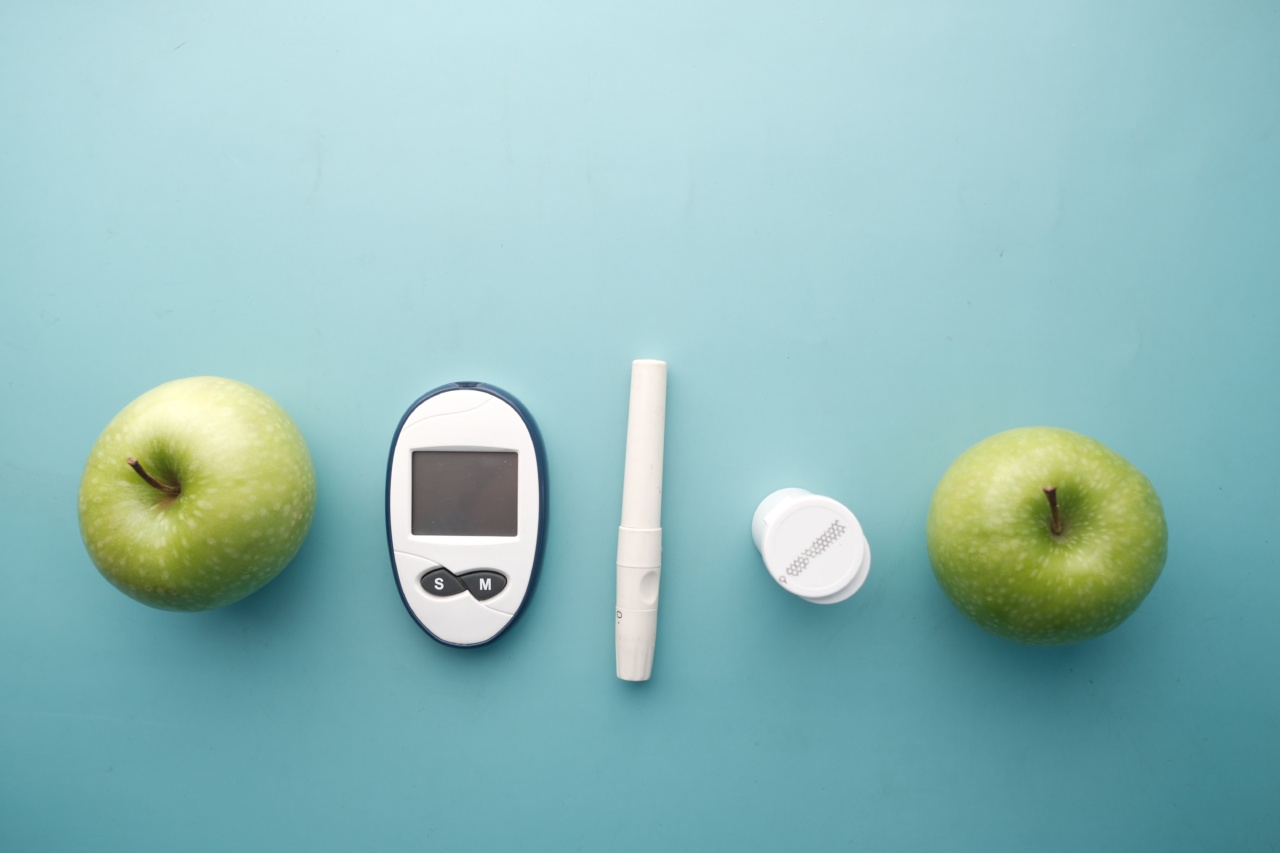When it comes to preventing or managing type 2 diabetes, one of the key elements in your diet is fruit.
Packed with essential vitamins, minerals, and fiber, fruits offer numerous health benefits and can effectively contribute to lowering your risk of developing this chronic condition. This article explores the fruit connection and how incorporating a variety of fruits into your diet can help you maintain a healthy lifestyle and reduce your chances of developing type 2 diabetes.
Understanding Type 2 Diabetes
Type 2 diabetes is a metabolic disorder characterized by high blood sugar levels. It occurs when the body becomes resistant to insulin, a hormone responsible for regulating blood sugar, or when the pancreas fails to produce enough insulin.
This condition can lead to serious health complications, including heart disease, kidney problems, and nerve damage.
The Role of Diet in Type 2 Diabetes
A healthy diet plays a fundamental role in preventing and managing type 2 diabetes. Making wise food choices can help control blood sugar levels, maintain a healthy weight, and improve overall well-being.
Fruits, in particular, are an important component of a diabetes-friendly diet due to their low glycemic index, high fiber content, and abundance of antioxidants.
Glycemic Index and Fruit Selection
The glycemic index (GI) is a measure of how quickly carbohydrates in a food raise blood sugar levels. Foods with a high GI can cause a rapid spike in blood sugar, while those with a low GI result in a slower and more gradual increase.
For individuals at risk or with type 2 diabetes, it is essential to choose fruits with a lower GI to prevent blood sugar fluctuations.
Fruits such as cherries, grapefruits, apples, pears, and berries have a lower GI compared to tropical fruits like pineapples, melons, and bananas. However, it is important to note that the GI of a fruit can vary based on ripeness and preparation.
For optimal glycemic control, it is advisable to consume fresh fruits rather than processed or canned ones that may contain added sugars.
High Fiber Content: A Diabetes-Friendly Benefit
Fruits are an excellent source of dietary fiber, which is beneficial for individuals with type 2 diabetes.
Fiber helps regulate blood sugar levels by slowing down the absorption of glucose, preventing sharp spikes, and promoting a more stable glycemic response.
By incorporating fiber-rich fruits into your diet, you can improve insulin sensitivity, enhance digestion, and promote a feeling of fullness, making it easier to maintain a healthy weight.
Fruits like raspberries, blackberries, pears, and apples are particularly high in fiber content and can be great additions to a diabetes-friendly meal plan.
The Antioxidant Power of Fruits
Fruits are also packed with antioxidants, which play a crucial role in protecting the body against oxidative stress and inflammation.
Oxidative stress occurs when there is an imbalance between the production of harmful free radicals and the body’s ability to neutralize them with antioxidants.
Inflammation and oxidative stress are both closely linked to the development and progression of type 2 diabetes.
By incorporating antioxidant-rich fruits like blueberries, strawberries, oranges, and kiwis into your diet, you can help reduce the risk of chronic complications associated with diabetes and promote overall well-being.
Recommended Fruit Servings
While fruits offer numerous health benefits, it is important to consume them in moderation and as part of a balanced diet. The American Diabetes Association recommends the following guidelines for fruit consumption:.
– Eating two to four servings of fruit per day for most individuals.
– Choosing whole fruits over fruit juices to maximize fiber intake.
– Spreading fruit consumption throughout the day to avoid blood sugar spikes.
– Balancing fruit intake with other nutrient-rich foods, such as lean proteins and whole grains.
Other Considerations for Managing Type 2 Diabetes
While fruits can be an excellent addition to a diabetes-friendly diet, it is important to consider other factors when managing type 2 diabetes.
Regular physical activity, portion control, and monitoring carbohydrate intake are all essential components of a comprehensive diabetes management plan.
Additionally, it is crucial to work closely with a healthcare provider, diabetes educator, or registered dietitian to create an individualized meal plan that suits your specific dietary needs, blood sugar goals, and overall health condition.
Conclusion
The fruit connection to lowering the risk of type 2 diabetes is undeniable.
By incorporating a variety of fruits into your diet, you can enjoy their numerous health benefits, including improved blood sugar control, enhanced digestion, and reduced risk of chronic complications associated with diabetes.
Remember to choose fruits with a lower glycemic index, prioritize fiber-rich options, and reap the benefits of their powerful antioxidants.
By consuming fruits in moderation and in conjunction with other diabetes management strategies, you can take control of your health and reduce your risk of type 2 diabetes.





























